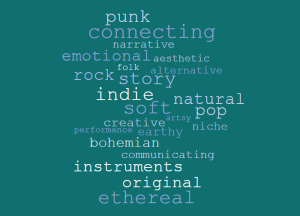Textual Analysis of a Professionally Made Front Cover
Over my analysis of this cover, I discovered that the main demographic of this magazine were around 20-30 years old, middle class people, with quite a high disposable income.
One element of this cover that I found interesting was the bold, block colours. As general, Millenials are known for their confidence and desire to stand out from the crowd, and the choice of bold colours could entice them due to thsi desire to be different and strong. I feel that this reflects that Mixmag know who they’re appealing to, and are highly aware of how to do so effectively.
Another thing that intrigued me about this cover is that the masthead is in lowercase letters. I found this interesting because, while it may be slightly unconventional in magazines, many young people type in lowercase letters, and, therefore, I feel this is a successful decision, which demonstrates a clear understanding of their demographic.
When I create my music magazine, I will take into close account the need to appeal to the audience, and take into consideration their age, class, interests, and other key features so that I can appeal to my demographic as effectively as possible.

